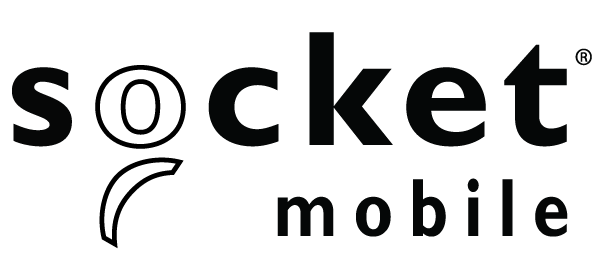A custom-made device for Socket Mobile
 Socket Mobile supplies innovative and cost effective data capture tools for businesses that use mobile platforms.
Socket Mobile supplies innovative and cost effective data capture tools for businesses that use mobile platforms.
The company’s latest innovative idea led Springcard to address an interesting challenge: designing a scanner running with RFID/NFC, using BLE to transfer data: the Durascan D600 (see opposite picture).
To answer that need, Springcard started from one of its existing module -the K663/RDR- and reworked it to produce a custom designed product for Socket Mobile.
Let’s discover how this project shows SpringCard’s high level of expertise!
The K663 module: what is it?
The K663/RDR is an efficient OEM ‘smart reader’.
At SpringCard, ‘smart reader’ is the name for a device that combines a coupling device and embedded application software (read more explanations here).
The module formats a number or an ID that is consistent with the host system's expectations. When the transaction involves a card with cryptographic security (MIFARE Plus®, MIFARE® DESFire®), the module is also able to get authenticated (3DES or AES) and to read the data in an encrypted communication.
A low-power module
Socket Mobile needed a product able to fit in the existing barcode reader' shell and to run in battery mode for hours. Springcard then redesigned the K663/RDR to fit in a small housing.
The K663/RDR was the appropriate low-power module. It requires only a single 3 to 5V power supply, and supports in-field firmware upgrade. Communication with host is made with a RX/TX serial link at TLL level (0-5V) and is CMOS-tolerant (0-3V).
Thanks to the Low Power Card Detection (LPCD) mode, the K663/RDR can be used even in power-constrained systems.
Customizing the antenna
The K663/RDR module must be associated with an antenna, depending on the project’s constraints (operating volume, size of the cards and/or tags to be processed).
The antenna should be reduced to take place behind what was initially the barcode window while keeping the same reading performances (see opposite picture).
A two-in-one device
The same firmware is used to run the 2 modes of the mobile smart reader.
In the first mode, the Durascan D600 behaves like a 'RFID Scanner' that communicates with an SDK.
It works as following:
- The smartphone or tablet used detects the Durascan D600 (RFID)
- The mobile device and the Durascan D600 are coupled
- The Durascan D600 scanner is then ready to scan any barcode
An application enables to configure the scanner (sounds, lights, vibrations…).
In the second mode, the barcode scanner implements the standard HID (Human Interface Device) profile and works with all existing applications on iPad, Android Tabs and Windows 10 devices.
Mixing BLE and NFC technologies
The module PCB includes a BLE interface that offers the possibility to run between class1 (<15m) and class2 (<100m). Why associating BLE technology to NFC?
Traditionally, Socket Mobile has been using Bluetooth Classic for its handheld device. The emergence of BLE highlighted a few advantages that apply to the Durascan D600 and lead Socket Mobile to switch to BLE for that product. As a matter of fact, BLE has been designed to be power efficient, which leads to a higher autonomy of the device in battery mode.
Additionally, BLE exchanges are shorter and quick, which is perfectly adapted to the use of an NFC reader in RDR mode and HID mode. From the portability standpoint, BLE has the advantage of allowing to interface the handheld device with various terminals that support BLE.
Mixing NFC and BLE is getting more and more traction, as it allows to benefit from the user friendly 'tap and go' gesture for end-users, while BLE allows for larger operating distances between the terminal and the data collection point and currently offers robustness and compatibility to a wider range of devices.
The page dedicated to the Durascan D600
Socket explains the differences between RFID scanners and barcode scanners
Official lauch of the Durascan D600 (Aug. 2017)
Socket Mobile unveils Durascan D600 (Febr. 2017)
Published on 3/7/2017

Leave a comment